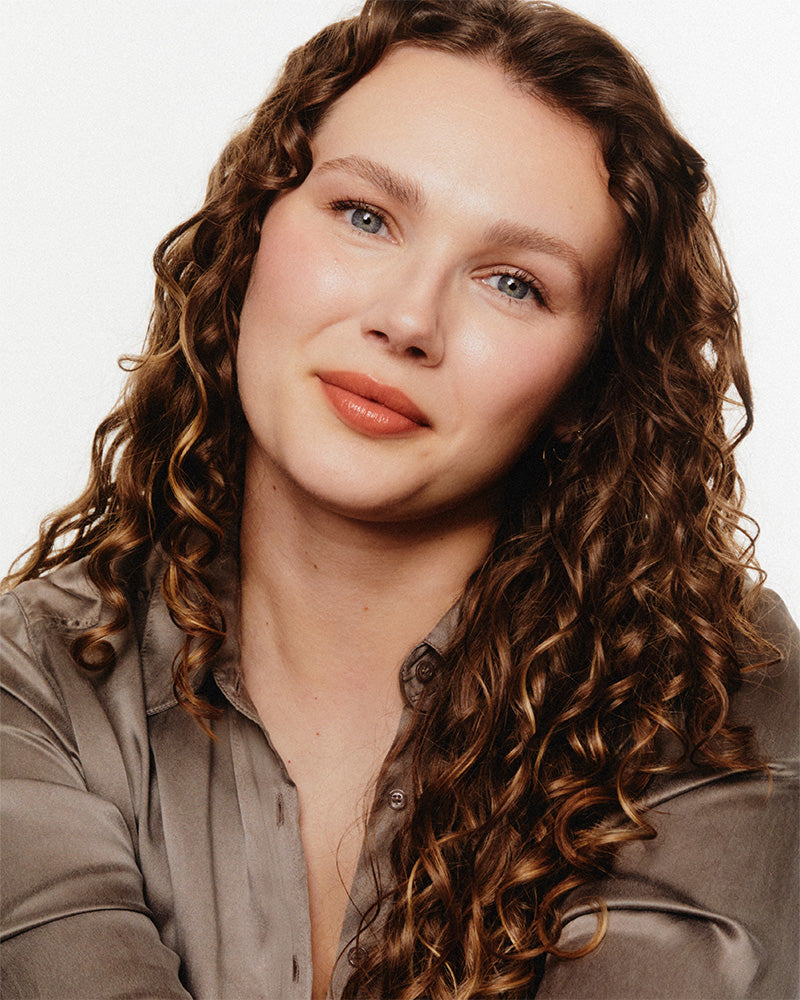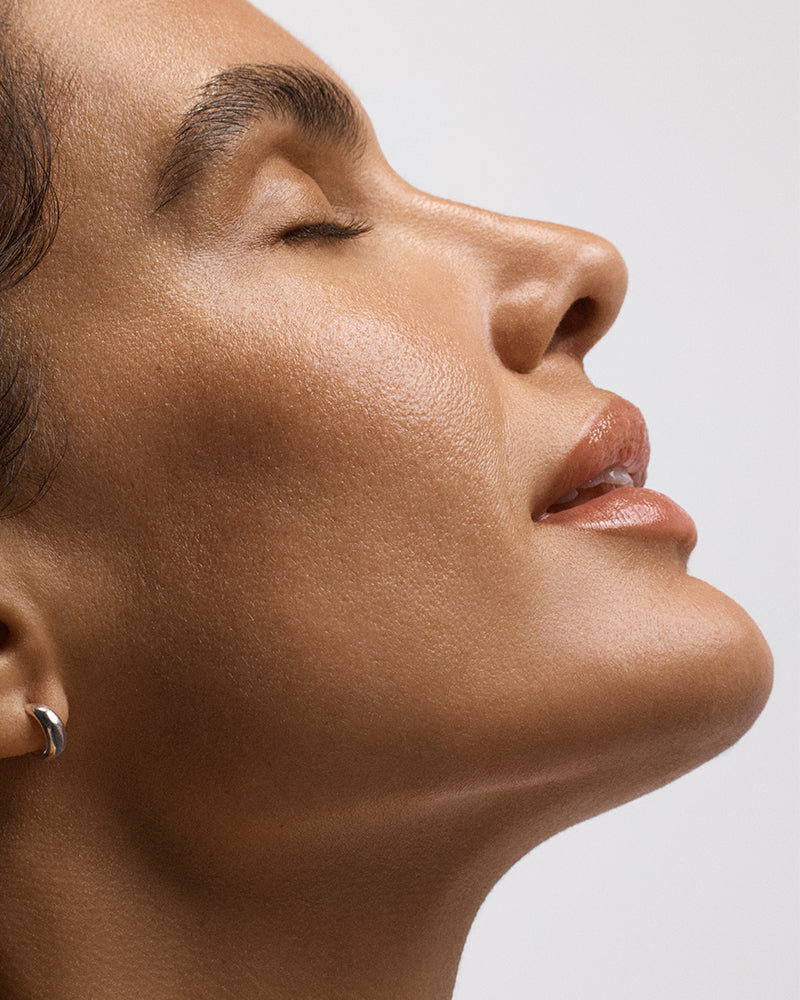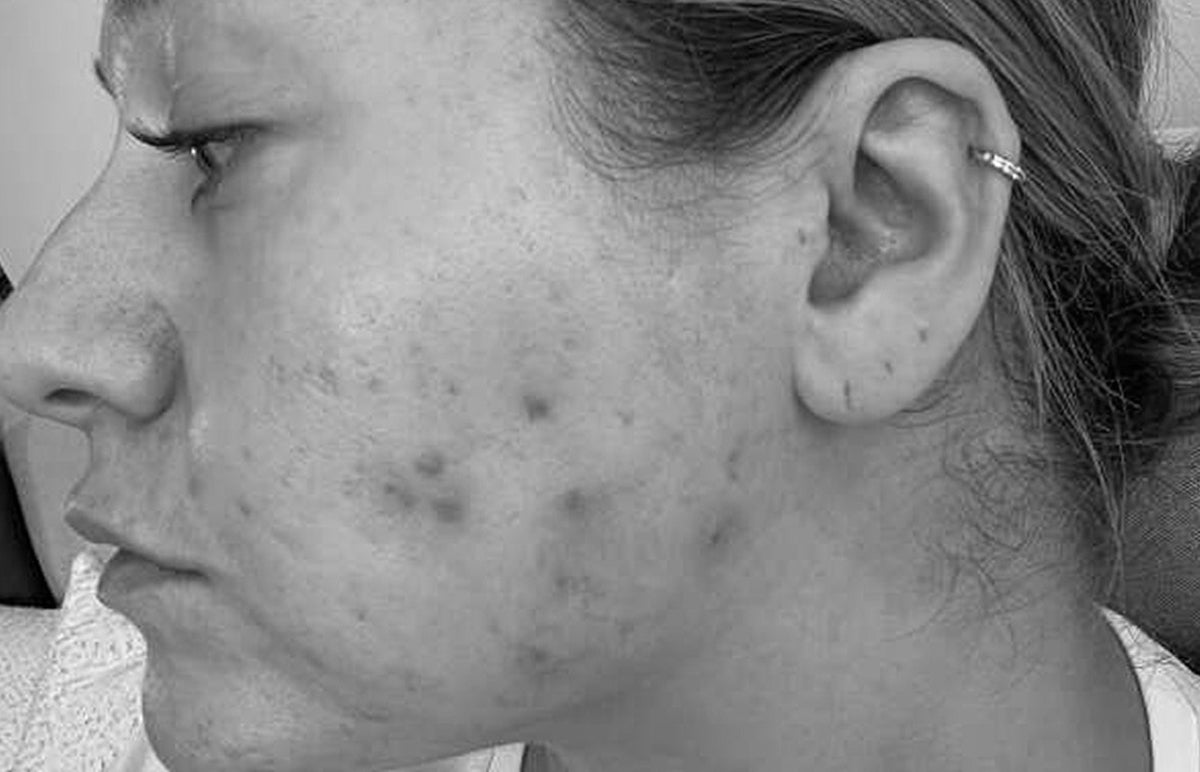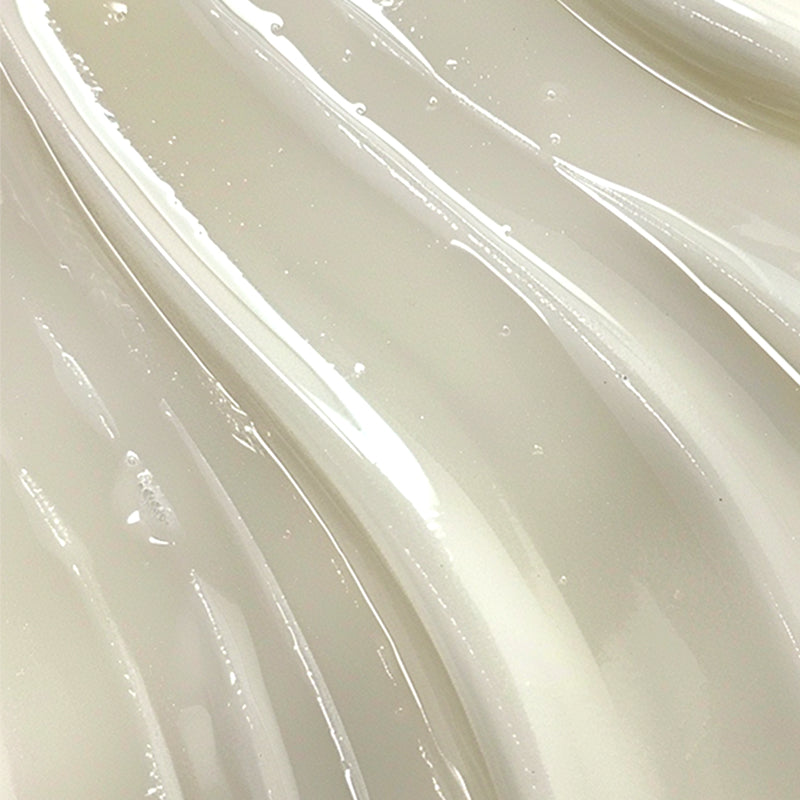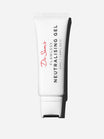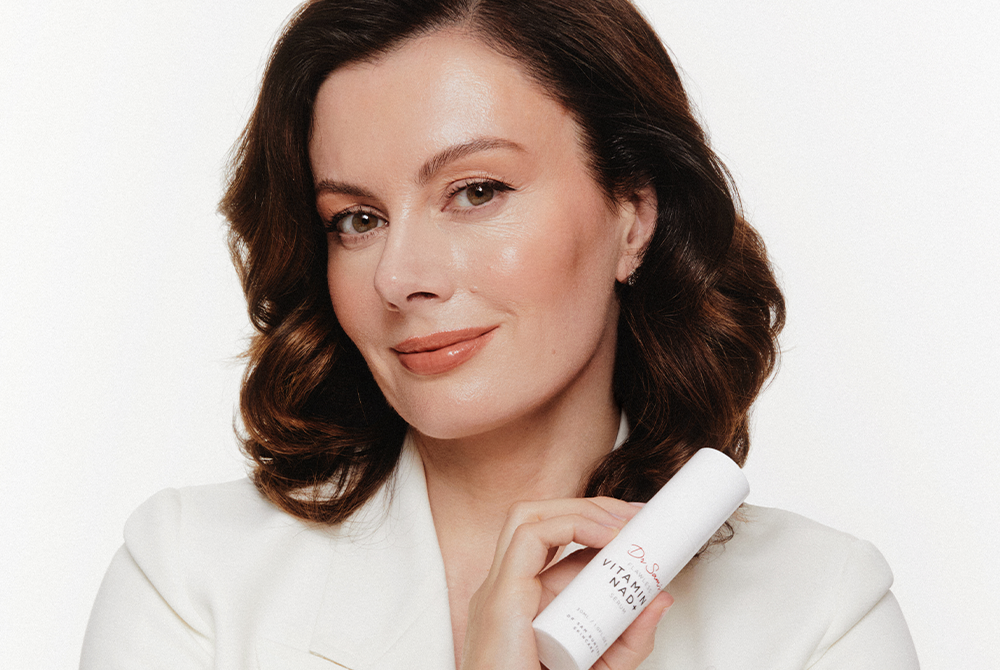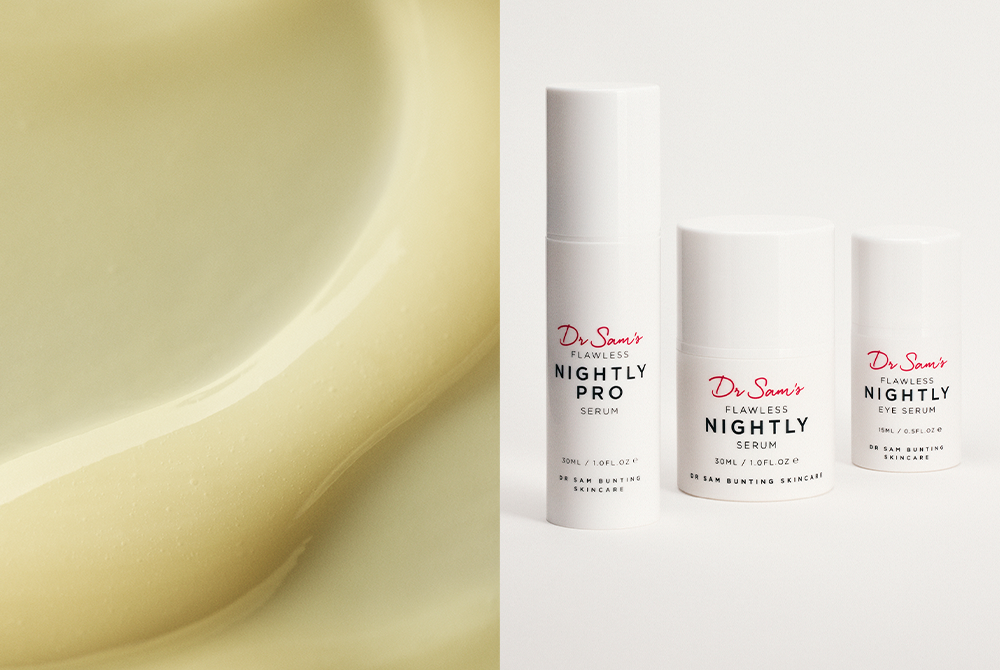What is NAD+ for Longevity? Discover the Next Frontier in Healthy Skin
NAD+ for longevity is the next frontier in skin well-ageing, and although its benefits are not as well known as collagen's (yet), it may be even more vital for healthy skin and cellular longevity. Because our bodies make less and less of it over time, we need to find ways to give production a jolt if we want to safeguard effective cellular housekeeping, with essential tasks like repairing our DNA, calming inflammation and maintaining a healthy skin barrier.
So, let’s take a closer look at what NAD+ is, and how you can increase its production. Dr Sam Bunting reveals everything you need to know…

NAD+
NAD+ (or nicotinamide adenine dinucleotide) is a coenzyme that's central to metabolism in all our cells and is increasingly recognised as key to cellular longevity. It plays a critical role in a wide range of cellular processes, and it’s essential for energy production. Our levels of NAD+ dwindle as we age – by the time you’ve reached the age of 40, your cellular NAD+ levels have dropped by half. Think of it like your cell phone running at less than 50% battery constantly. The good news is, we can recharge the battery through a number of different mechanisms.
The high demands of skin cells on our NAD+ stores can truly take their toll. In order to maintain high levels,the coenzyme is constantly being consumed and recycled back to its active form, but this process gets less efficient as we get older. Over time, it becomes the rate-limiting step to having enough NAD+ available for all the cell’s ‘housework’, which is due to the deficiency of an enzyme called NAMPT. This calls for skincare that aids in this recycling process, giving our cells more NAD+ to work with.
Longevity and Skin benefits of boosting NAD+
The rationale behind increasing available NAD+ levels in the skin makes so much sense. Our skin is biologically very active, as it forms our ‘wrapper’, protecting us from the constant challenges of our environment. The action of protecting us from oxidative stress due to UV rays is a persistent drain on NAD+ levels, as is barrier repair. So, by boosting the production of NAD+, we can help to strengthen our skin’s defences against damage to our DNA and give essential support to the skin barrier.
NAD+ is even a cofactor in converting retinol to its active form, so it’s even integral to an effective skincare routine. Plus, it can help to take away the potentially irritating consequences of retinoid use, as well as levelling up the benefits from your other actives through its energy-boosting effects.
Increasing levels of NAD+
‘Last year, I discovered an exciting new ingredient that helps us recharge our NAD+ levels. It’s called sunflower shoot extract (SSE), and we were the first brand to use this ingredient to boost skin barrier function in this innovative way, says Dr Sam. ‘I realised SSE was the missing link in our daytime actives defence strategy against UV, blue light and pollution - hence the idea for our latest Amplified Active, Flawless Vitamin C NAD+ Serum was born.’ She goes on to say: ‘The exciting part about SSE is that it increases the amount of NAD+ actually getting recycled inside the cells by increasing the amount of the key enzyme NAMPT that is involved in recycling. As a result, it increases the amount of available NAD+. The cell battery is recharged!’
In our independent study with world-leading mitochondria researcher Professor Mark Birch Machin, SSE outperformed niacinamide by acting very quickly (within just 24 hours) and resulting in 34% less damage to skin cell batteries when exposed to damaging UVA.
‘That’s not to say niacinamide doesn’t work,’ says Dr Sam, ‘it just highlights a different way of working and one that I believe is highly complementary when used together with speedy-onset SSE.
Boosting retinoid results
‘I’m really excited by the synergy of NAD+-boosting with ingredients like retinoids says Dr Bunting. ‘Retinoids interact with over 3000 genes in our skin, and to maximise their benefits takes lots of cellular energy, so you want your cell battery fully charged. Increasing NAD+ levels also makes it much easier for your skin to tolerate retinoids, as it helps strengthen and repair your skin barrier. It’s a win-win partnership.’
NAD+ from the inside out
A consistent skincare routine with a healthy lifestyle is the perfect recipe for boosted NAD+. So, in tandem with our skincare, we can boost our internal NAD+ levels with exercise, as well as good quality sleep, eating foods rich in vitamin B3 (like avocados), and wearing sunscreen.
Dr Sam says 'using NAD+ for longevity benefits is especially helpful for anyone with skin barrier issues (like rosacea and perioral dermatitis) or those in their forties and beyond. Dropping NAD+ levels compound with low oestrogen levels to have a negative impact on many aspects of skin’s cellular function, so I think this is a real opportunity to positively impact NAD+ levels and skin health at this critical stage of healthy ageing. I won’t be surprised if we hear a lot more about NAD+-boosting serums in the months to come – with such impressive potential, it’s set to take the skincare world by storm.’

